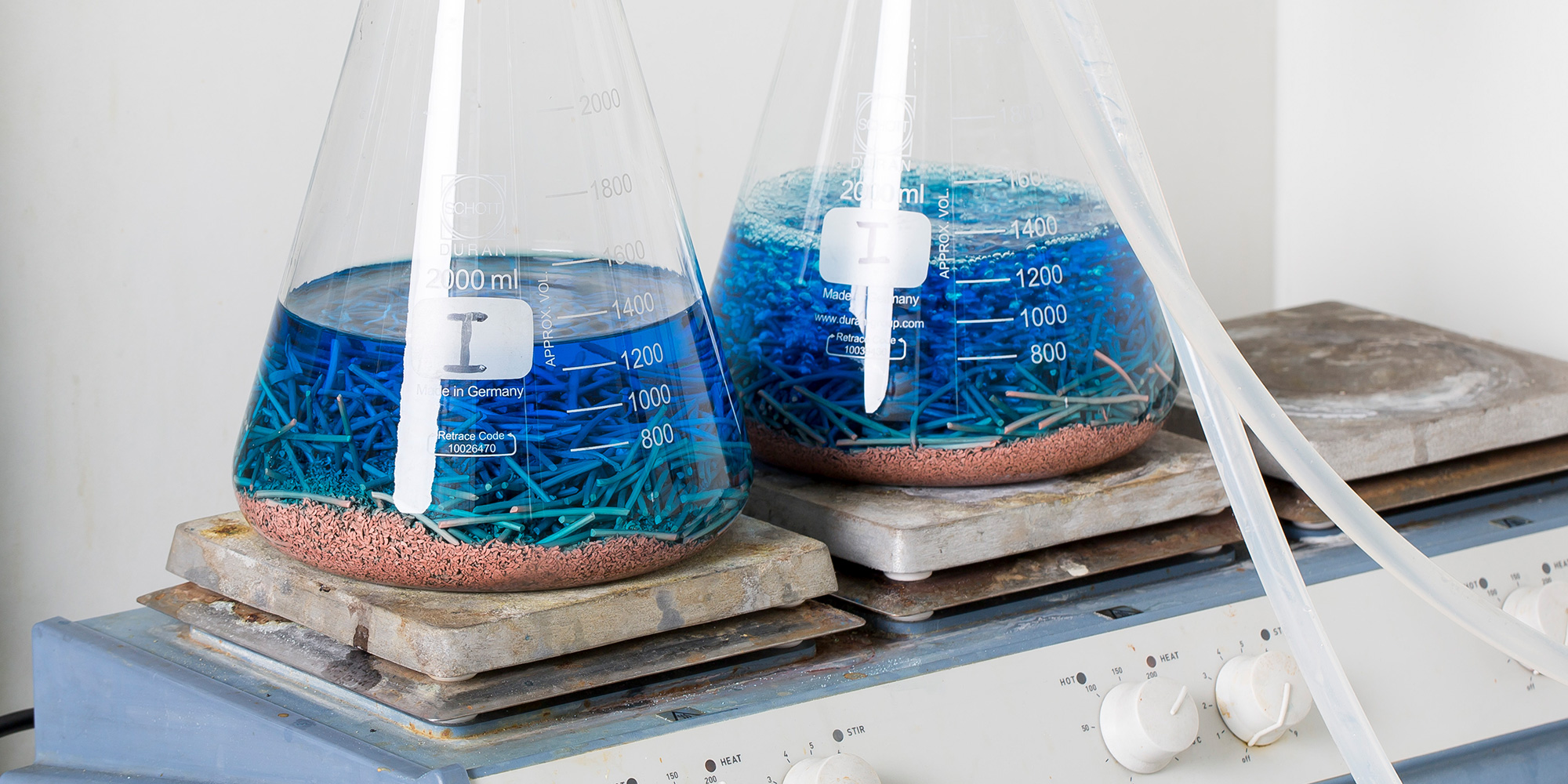EN ISO 11130 Intergranular Corrosion of Stainless Steels Test
The EN ISO 11130 test is an essential procedure for evaluating the intergranular corrosion resistance of stainless steel materials. This test focuses on detecting sensitization in welded joints and heat-treated materials, which are common in oil & gas applications.
Intergranular corrosion can lead to premature failure of critical components within oil rigs and pipelines, highlighting its importance in ensuring long-term reliability and safety. The test involves heating a sample up to 850°C for one hour followed by quenching it in water. Afterward, the sample is cut into sections, polished, etched, and examined under a microscope.
The primary focus of this test is on detecting intergranular corrosion, which occurs when chromium-rich carbides form along grain boundaries, leaving other areas deficient in chromium content. This condition can be exacerbated by welding processes or heat treatments that introduce carbon into the steel structure. The test aims to ensure that stainless steels used in oil & gas sectors meet stringent quality standards and are resistant to such corrosive environments.
The test is particularly relevant for materials like 304L, 316L, and other low-carbon grades of stainless steel commonly employed in the oil & gas industry. By identifying potential issues early on through this standardized procedure, manufacturers can optimize material selection and processing techniques to enhance product longevity.
The EN ISO 11130 test plays a vital role in quality assurance programs by providing clear criteria for assessing intergranular corrosion susceptibility. Compliance with these standards not only demonstrates adherence to international best practices but also helps protect against costly failures due to premature degradation of critical components.
For effective implementation, it's crucial that laboratories follow the prescribed procedures meticulously and interpret results accurately based on industry guidelines. Proper specimen preparation is key; samples must be representative of the actual material being evaluated, ensuring reliable outcomes consistent with real-world conditions faced by equipment in operation.
Applied Standards
- EN ISO 11130: Intergranular corrosion of stainless steels - Determination of intergranular corrosion susceptibility by means of a sensitization test
The EN ISO 11130 standard provides comprehensive instructions for conducting the intergranular corrosion test on stainless steel materials. It specifies exact temperatures, timescales, and techniques required to produce accurate results. This ensures consistency across different laboratories worldwide, facilitating comparability of data.
Scope and Methodology
| Step | Description |
|---|---|
| Heating | The sample is heated to 850°C for one hour. |
| Quenching | The sample is then rapidly cooled in water. |
| Sectioning | Samples are cut into sections to ensure representative testing. |
| Polishing | The surface of the sample is polished to a smooth finish. |
| Etching | An etchant solution is applied to enhance visibility under microscopic examination. |
| Microscopy Examination | The sample is examined under a microscope for signs of intergranular corrosion. |
Benefits
- Ensures compliance with international standards, enhancing product reliability and safety.
- Promotes consistent quality across diverse manufacturing environments.
- Aids in optimizing material selection and processing techniques for enhanced durability.
- Facilitates early detection of potential issues, preventing costly failures due to premature degradation.
- Supports robust quality assurance programs within organizations.





